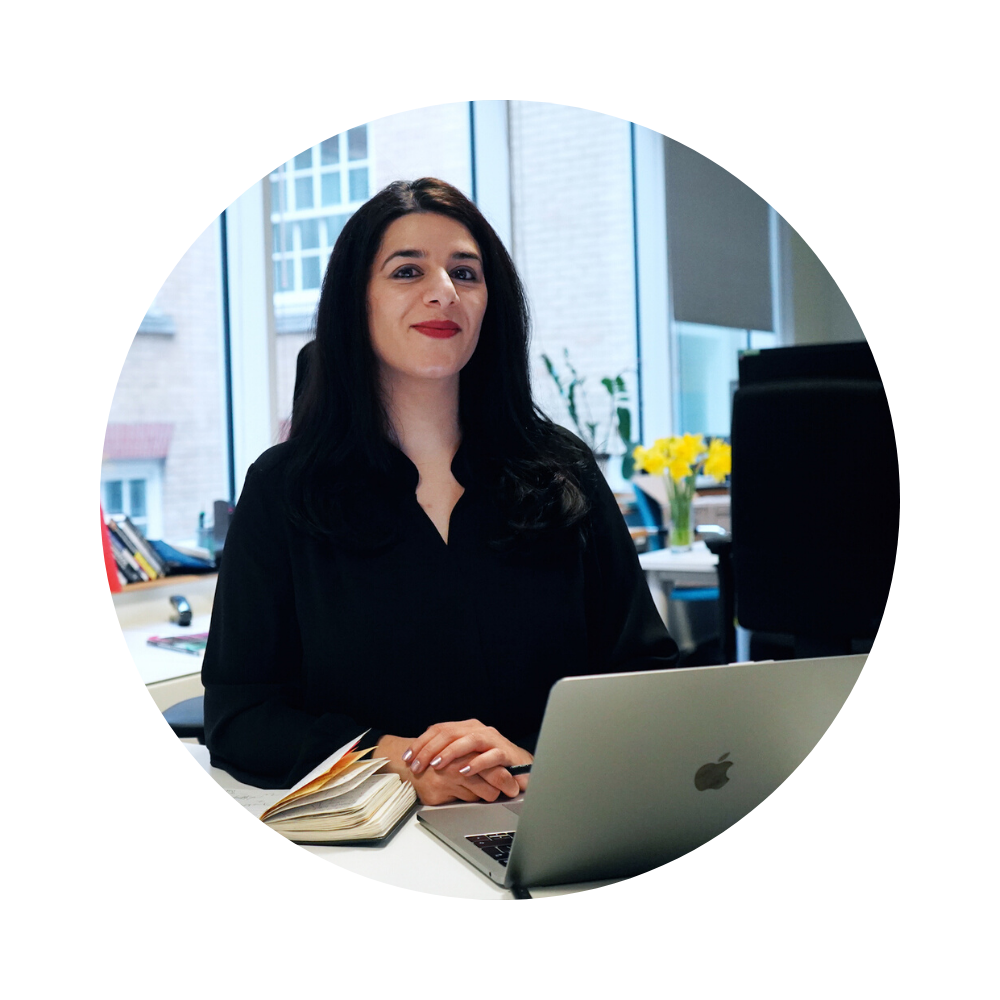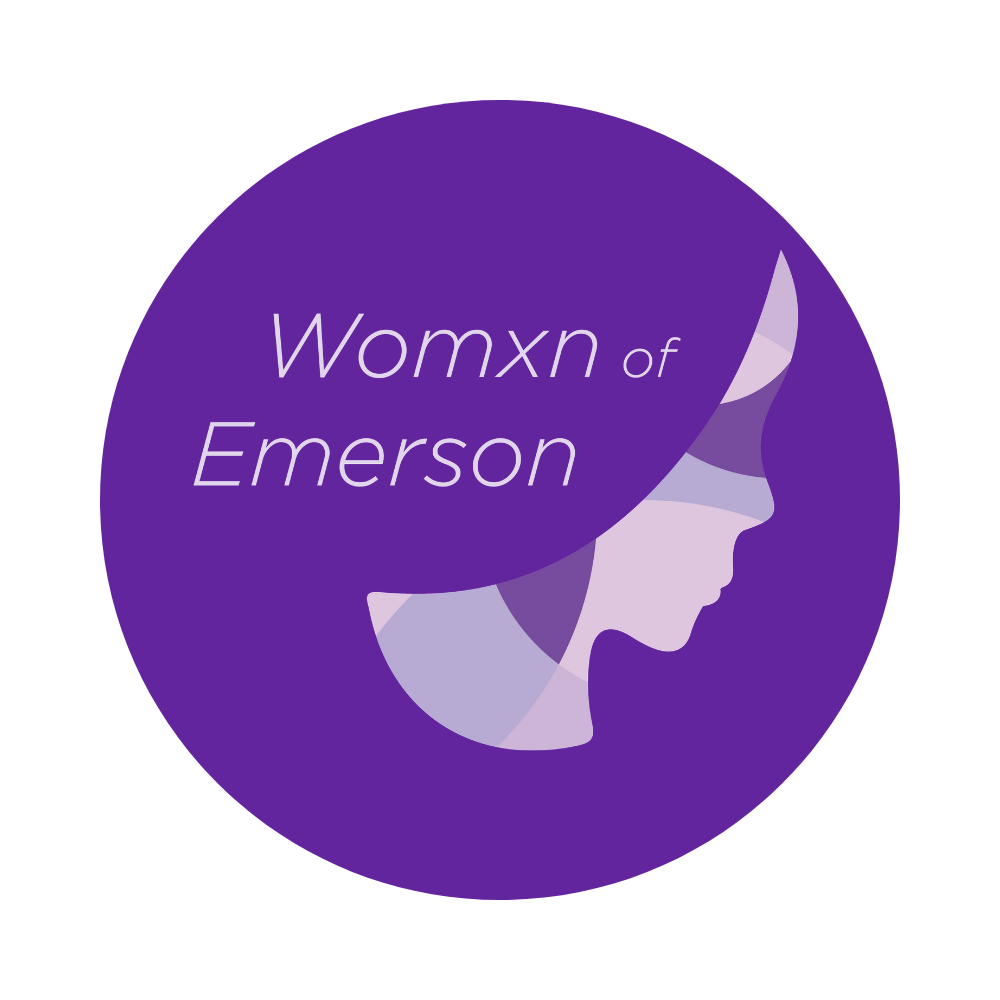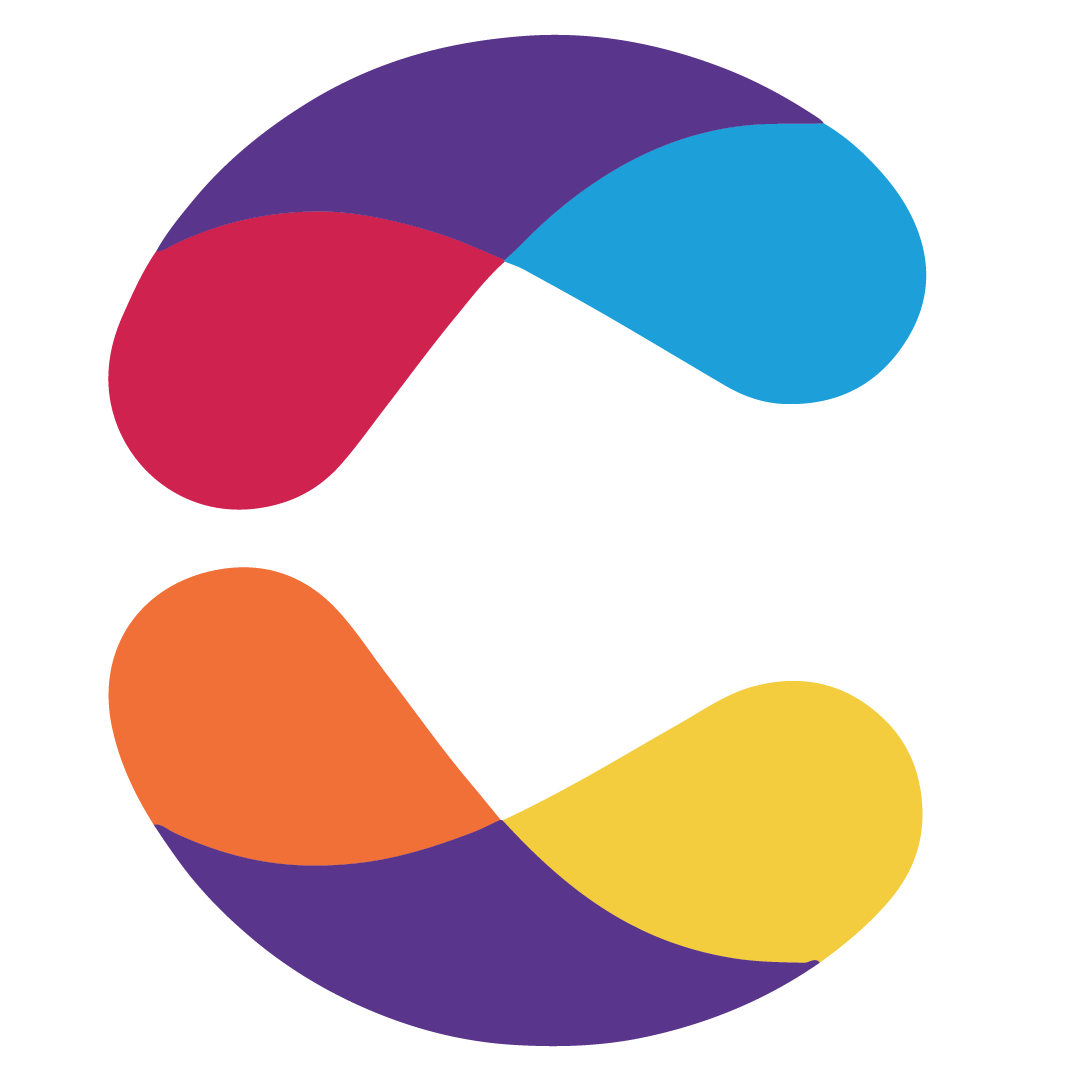Hina Siddiq ’02 is the EMEA Content Strategy Lead for Create, CNN International’s brand studio. In her career, she has produced content for the BBC, CNN, The Economist Group and The Guardian, focusing on new forms of digital storytelling. Raised in Bahrain and having worked in the UK and US, she is passionate about media development worldwide, digital literacy and inclusion in the media industry. Hina holds a BA in Visual Media Arts from Emerson College and an MA in Anthropology of Media from SOAS, University of London.

How would you describe your time and Emerson and how did it prepare you for the work you do now?:
Hina: “I have fond memories of Emerson and made friends for life. As an international student especially, I wanted to make the most of every opportunity while I was in Boston. I explored the city, joined student groups like EIV, had a show one semester on WERS, took summer school classes and worked on campus for the AHANA Student Affairs office. For a lot of students, we made sure we were growing creatively. I took a mix of practical and theory classes, and picked up useful advice. Writing, and producing projects at Emerson helped me with my pre-production research and planning, as well as knowing practical skills which prepared me for working on shoots and in radio, pitching ideas and supporting production teams.”
Since it is a somewhat new discipline, can you talk about what a content strategist does?:
“Content strategy blends different skills and uses analytical thinking to help develop, qualify and monitor creative content. For example, if a website was being designed, the content strategist would think about elements of the user experience design, what kind of items would go out on social media channels to get people to go to the website, what the writing style and voice of the site is, and use data to understand the website users and their behaviour on the site. The tasks can vary by industry and company, but generally you work with people from different disciplines and you help in planning out, validating and creating an idea.”
What advice would you give a student who wants to eventually be in a leadership role for content strategy?
“One – Learn about data! Data has become increasingly important in many parts of media, think of data journalism, audience ratings, social media followers, app downloads etc. Data can be used in meaningful ways and help fuel creative ideas. So, I would encourage any future content strategists to think about data.
Two – When you are looking for internships or jobs, it is okay to think laterally. By this I mean, sometimes we are taught to narrow our focus, and that might be okay for people in some disciplines. But for strategy and even production in my opinion, is it okay to have an understanding of different areas, and a variety of skills because that brings a lot to the table.
Every role you have, even if you may not think it is right for you in the early days of your career will have experiences you can learn from, and act as a stepping stone for whatever is next. When I was at Emerson, because I wanted to work in Children’s Entertainment, I applied for an internship at the PBS cartoon Arthur. I didn’t get it. But, someone at the documentary series FRONTLINE saw my application and I ended up working there, learning so much and building my skills.”
How have you changed your perspective or way of working? How has that made you grow in your work?:
“Being adaptable and curious has helped me grow in my work. Media can be a volatile industry because budgets can trim your creative ideas, the people you are used to working with leave and technology can change the way you make something. I remember what it was like before YouTube, Instagram and how smartphones kept changing – as content creators you have to move with the times and go where the audience is.
Once, I remember some former colleagues being reluctant to use Facebook to promote shows they were working on. But, I learnt how to convince them that the changes worked to their benefit. Change can be difficult but sometimes it is necessary. I learnt to become less worried about how new technology would change my working life, and instead understand how it could improve the ways stories are told, and ideas are communicated.”
What are some common issues you’ve noticed that womxn of color in their careers have to face and that have impacted you?:
“Visibility – I have worked in many media companies, and still year after year, I am sometimes the only person of color in a meeting. When you don’t see anyone who looks like you at an internship level, your role or even a senior level executive role it can be hard, especially in the start of your career because you don’t know if those environments will suit you. Diversity in the workforce brings a diversity of thought and the impact of the sometimes lack of visibility and voice motivates me to work on makes changes in my own professional sphere, so the next generation of talent don’t have to deal with the same issues my generation has.
Voice – Many people I know have scenarios where someone talks over or interrupts them. When that happens ideas and expertise can be missed. Sometimes we all have to speak a little louder to be heard, and encourage each other to speak our minds.
Community – It is important for womxn, especially those of color to support each other, network, share ideas and work to create an environment where we can also encourage those in the early stage of their career have the confidence to do the same.”


